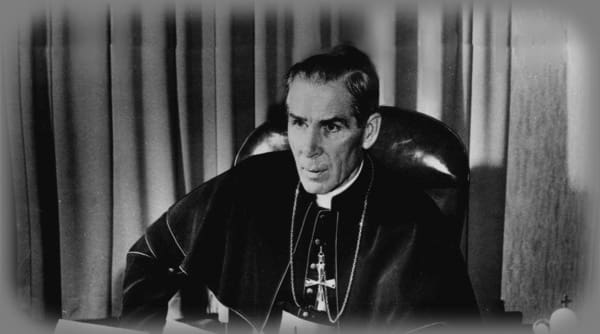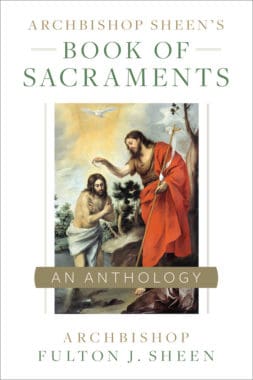Marriage as a sacrament belongs to an entirely different order than the mere union of man and woman through a civil contract. It basically regards a husband and wife as symbols of another marriage; namely, the nuptials of Christ and His Church.
The analogy of the heavenly nuptials goes back to the Old Testament, where God appears as the Bridegroom, and Israel appears as the bride. When God becomes incarnate in Christ, He called Himself, and was called, the Bridegroom; it is the new Israel, or the Church, which becomes His bride or His spouse. It is often forgotten that our Blessed Lord called Himself a Bridegroom. When our Lord was asked why the disciples of John fasted, but His own did not, He answered: “Can you expect the men of the bridegroom’s company to go fasting, while the bridegroom is still with them? As long as they have the bridegroom with them, they cannot be expected to fast” (Mark 2:19).
John the Baptist called himself “the friend of the bridegroom” (John 3:29), or what might be, in modern language, the “best man.” The title of Bridegroom, which belonged to Christ, was shared by no other, as John himself said: “The bride is for the bridegroom; but the bridegroom’s friend, who stands by and listens to him, rejoices too, rejoices at hearing the bridegroom’s voice” (John 3:29).
On the other hand, the wife’s relationship to the husband is the relationship of the Church to Christ. That is why when St. Paul speaks of marriage he says, “Those words are a high mystery. . . applying . . . to Christ and His Church” (Eph. 5:32). The ultimate consummation of this espousal of Christ and His Church will be after the resurrection, when the Church “without spot or wrinkle” will appear “as a bride adorned for her husband” or as the “spouse of the Lamb” (Eph. 5:27; Rev. 21:2, 9; see Rev. 22:17).
Sacrament of Matrimony
The Sacrament of Matrimony is not a pious extra added to the marriage contract; it is rather the elevation of a natural marriage contract to the order of grace, in which the husband loves the wife, as Christ loves the Church, and the wife loves the husband as the Church loves Christ. The husband and wife are not just a symbol of the union of Christ and the Church; they enjoy a real participation in that union. As Christ lives in the Church and the Church in Christ, so the husband lives in the wife and the wife in the husband, and the two are in one flesh.
The role of the priest in the sacrament is to ratify, to witness, and to bestow the Church’s official blessing on those whom she now empowers to furnish new members to Christ’s Mystical Body. This is the one sacrament in which the contracting parties are the ministers of the sacrament to each other. In the words of one to the other and in the giving of the hand to each other, there is the mutual surrender of rights and the acceptance of duties. But to be a sacrament, a representative of the Church must be there to witness it.
Matrimony, in virtue of the mutual inherence of man and woman, is a little cameo reflecting the greater espousal of Christ and His Body, the Church. The word “body” is used throughout Scripture to signify not only the human body, but also the Eucharistic Body or the Real Presence of Christ, and also the Mystical Body which is the Church.
All three are in some way united. In the marriage ceremony the bridegroom, though he does not say so expressly, is by implication saying to the bride: “This is my body; this is my blood.” The bride says the same to him. It is a kind of “consecration” on a lower level. When during the Mass they hear the words of Consecration, “This is my Body; This is my Blood,” they give themselves to Christ in the same action, they give themselves to one another. The epistle of their marriage Mass reminds them of this bond to the Church:
Wives must obey their husbands as they would obey the Lord. The man is the head to which the woman’s body is united, just as Christ is the head of the Church, He, the Savior, on whom the safety of His body depends; and women must owe obedience at all points to their husbands, as the Church does to Christ. (Eph. 5:22–24)
The man is the “head” of the wife, as Christ is the Head of the Church. What did Christ do for the Church as her Head? He died for it. Hence, husbands must show love to their wives. The “headship” is not overlord-ship, but love unto sacrifice. The wife, in her turn, will show to the husband the devotion and love the Church does to Christ.
+
This article is adapted from a chapter in Archbishop Sheen’s Book of Sacraments by Archbishop Fulton Sheen, which is available from Sophia Institute Press.
Art for this post: Cover and featured image used with permission.






